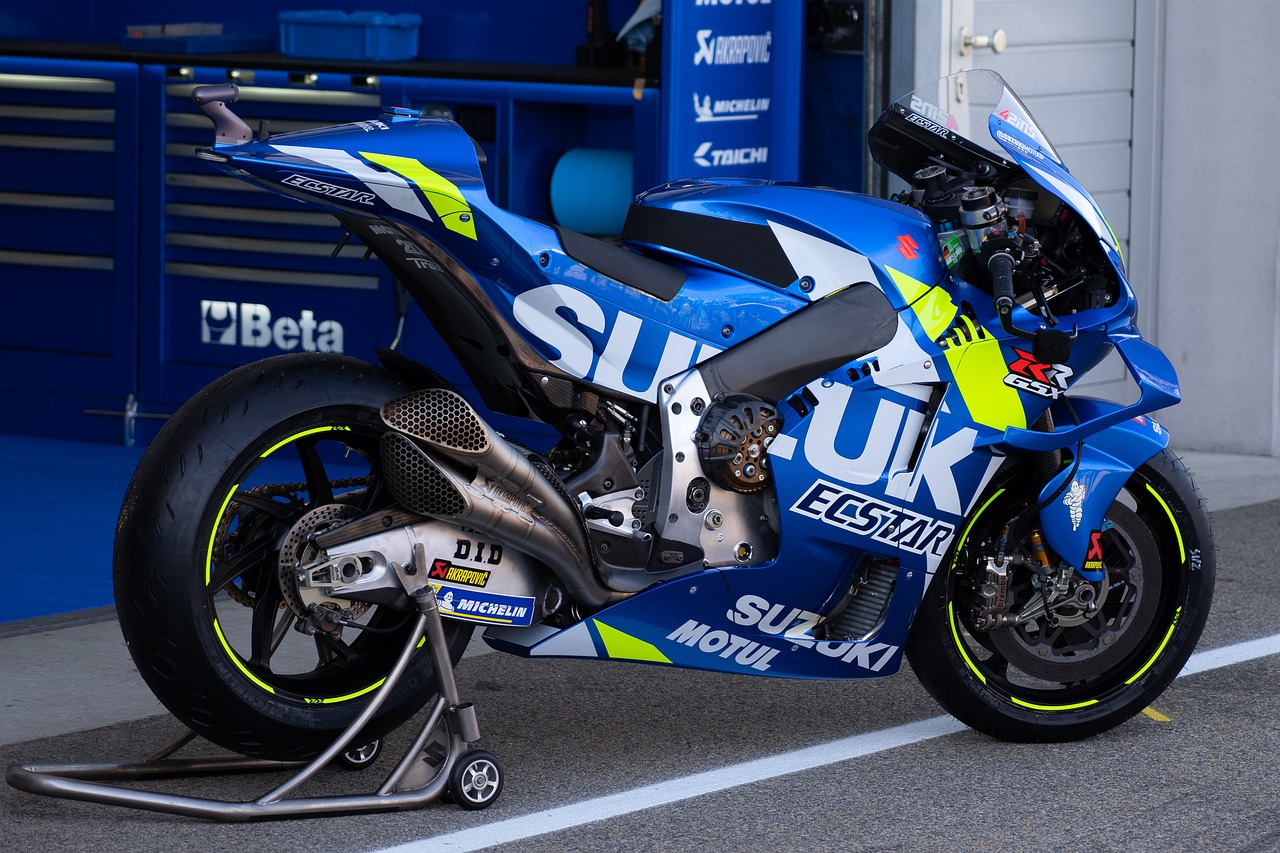- July 6, 2022
What Makes MotoGP Bikes So Unqiue?

Any bike enthusiast will get an adrenaline rush from watching MotoGP. MotoGP is something that fuels the enthusiasm for motorbiking among aspiring riders and speed enthusiasts who want to display their riding prowess on city streets. However, several features of MotoGP set it apart from other classes, making comparisons to factory motorcycles impossible. Here is a list that explains the differences between MotoGP bikes and production bikes and what makes these bikes special in every way.
The motorcycles used in Moto GP are specifically designed for racing; in other words, they are real racing motorcycles that cannot be driven on city streets or even the biggest motorways. The general public cannot buy these motorcycles, and riding them on public roads is prohibited. To realise their ambition of riding such a bike, one must get training and become a qualified Moto GP rider.
A MotoGP team cannot just put any engine on their bike and hope to win. The allowed engine size is 1000cc, with a maximum of four cylinders and an 81 mm maximum diameter. All engines, including two-stroke ones, are prohibited. Engines may only have four cylinders, a maximum of six gears, a turbocharger, and a maximum engine displacement.
The bikes used in MotoGP are essentially the company’s future introductions as prototypes. The motorcycles essentially evolved to demonstrate the manufacturer’s technology and design prowess. To provide a greater grip on the track, the majority of motorcycles have improved with materials like titanium, carbon fibre, carbon disc brakes, engine management systems, and traction control.
Each MotoGP bike is unique in its way since the MotoGP motorcycles are a unique breed. To get the best performance on the track, each MotoGP bike’s engine is constructed differently. Once developed, the engine cannot be modified during MotoGP, and each engine is locked to prevent teams from adjusting in response to the weather. The bike is therefore dependent on the engineers who developed it once it is on the track.
Pneumatic valves, which are created especially for race engines, were utilised on MotoGP motorcycles. These motorcycles also have flawless gearboxes that give the user an unequalled riding experience in addition to top-notch performance. These MotoGP motorcycles are also equipped with several sensors that gather data on the suspensions, brakes, steering angle, and exhaust temperature throughout the race. This data is then downloaded by the team for study after the race.
The parts designed for MotoGP bikes are subjected to extreme strain throughout the race, and many only endure a short time. Road tyres are one of these components; they are made of relatively soft material, which improves traction on the ground and can handle greater temperatures but shortens their lifespan.
Since the majority of MotoGP motorcycles are the result of extensive study, the firms who develop them may use them to advance their brand’s reputation in the market. These MotoGP bikes are not only very fast—their peak speed approaches 355 kmph—but also extremely difficult to handle.
